
Perfumery today has become a rapidly expanding culture of analyzing and copying existing fragrances. Although analytical instrumentation may have overridden the need for patience, it hasn’t replaced the deep understanding necessary to truly innovate. Slick marketing campaigns are designed to make existing fragrances seem new and exciting, but a discerning nose isn’t fooled by pretty packaging and a cleverly worded campaign.
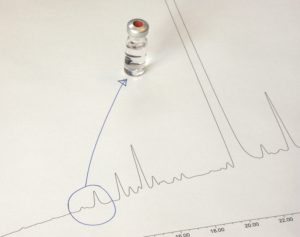
GC peaks relating to specific scent molecules
In my early years of perfumery training, my mentors encouraged me to study patterns and genealogy to develop a “feel” for ingredients and their subtle interplay. I was forbidden from viewing gas chromatogram formulations (GC’s) of market samples for fear that I’d short circuit a deep and lasting understanding of composition. At times I felt disheartened by my seemingly slow progress as I watched others at my level work directly from a GC formula. Today, however, I am happy to have a strong foundation of scent memory and composition.
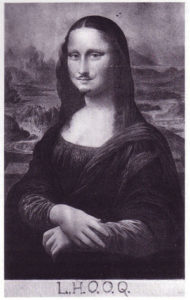
Marcel Duchamp's 1919 L.H.O.O.Q.
Don’t get me wrong—GC’s have their place in perfumery In addition to being a useful tool for quality control, they allow us to study the styles and techniques of our predecessors, much like artists study their peers’ work to help expand and develop their own approach.
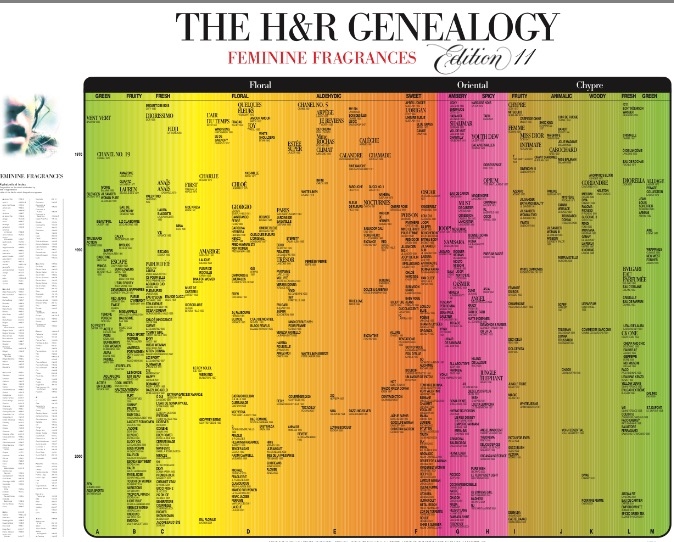
Many groundbreaking fragrances have begun from the GC formulation of an existing scent, so the question is raised, “what is duplication vs. innovation?’” True genius lies in understanding a fragrance, then transforming it into a unique formula with facets and characteristics beyond its origin. When it’s done well, transforming an existing formula into something new can showcase the artistry of a perfumer. When it’s not done well, it becomes duplication in a new bottle. (This is where that slick marketing comes in). A good demonstration of innovation vs. duplication, in my opinion, is the classic H&R Geneology charts, which map out fragrance evolution over the decades. These charts are a good visual depiction of how fragrance formulations can evolve into new expressions.
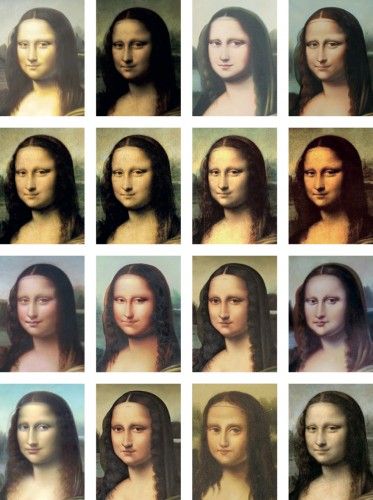
Only one is the Mona Lisa painted by Leonardo di Vinci painted in 1517
Once your awareness grows, you’ll begin to notice that the entire market is flooded with copies. Walk into any candle shop or niche fragrance store and you’ll see the patterns emerge. If you close your eyes and can’t tell the difference between two scents, you might be experiencing a direct duplication. Making a slight change to a formula—using Egyptian vs. French basil for instance—will not change the character and composition of a scent.
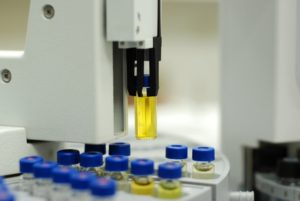
Perfume samples lined up for analysis
In a way, the gas chromatogram has democratized and opened up the fragrance industry because once a formula is created, its ingredients are no longer a secret. The one thing a GC can’t do, however, is develop a truly original fragrance.
–Sherri Sebastian, Monthly Contributor
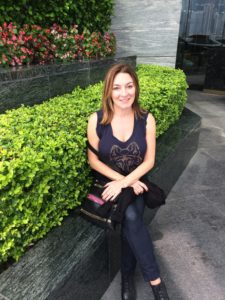
Sherri Sebastian, was recently featured in The Art of Artisan: The Pioneers, is a perfumer working in Los Angeles. She also holds a seat on the board of directors for the American Society of Perfumers. Her new line of apothecary and fine fragrances, Provision, is the result of her never-ending quest to provide the ultimate fragrance experience, in a variety of mediums. www.provisionscents.com
